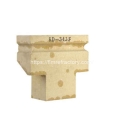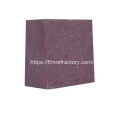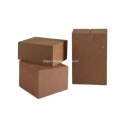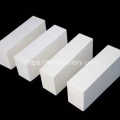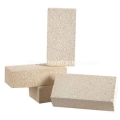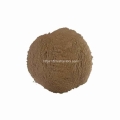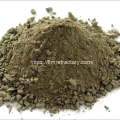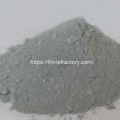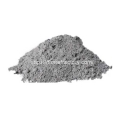- Performance. Innovation. Worldwide. Your trustworthy Refractories Manufacturing Partner--Fireramo
- +86 175 3769 7777
Contact
Contact us on WhatsApp
High Quality Refractory Bricks
Insulation Bricks for Sale
Monolithic Refractory

What is a cement rotary kiln?
A cement rotary kiln is a piece of equipment used in the production of cement, also known as a cement kiln. It is a long, inclined rotating cylinder, usually made of steel and covered with refractory material inside.
What is the function of a cement rotary kiln?
The function of a cement rotary kiln is to convert limestone from raw materials into cement clinker through high temperature calcination. It is mainly used to heat raw materials such as limestone and clay to a high-temperature state, causing them to undergo a chemical reaction to produce clinker with silicate as the main component. Then after cooling, grinding and other processes, finally get our daily use of cement.
Structure of cement rotary kiln
The structural partition of cement rotary kiln mainly includes furnace body, burner, feeding device, discharging device and ventilation system and other parts.
Furnace body is the main part of the equipment, with several concentric cylindrical liners inside for holding raw materials and clinker.
The burner is located at the top of the furnace body and is heated by means of a fuel such as coal, oil or natural gas.
The inlet unit is used to feed the raw material into the furnace body and the outlet unit is responsible for removing the clinker from the furnace body.
The ventilation system regulates the oxygen supply and temperature distribution inside the furnace.

How a cement rotary kiln works?
In a cement rotary kiln, the raw material enters at the upper end of the kiln and is gradually lowered by hot air flow and rotation. Inside the kiln, the raw materials are subjected to high temperatures (usually between 1400°C and 1500°C) and chemical reactions. Through the calcination process, the calcium carbonate in limestone is decomposed into calcium oxide (lime) and carbon dioxide, and reacts with other raw materials to form cement clinker.
Refractories for cement rotary kilns
The interior of a cement rotary kiln is covered with refractory materials to resist high temperatures and chemical corrosion. Commonly used refractory materials include high alumina bricks and magnesium-aluminum bricks. These materials are able to maintain stable physical and chemical properties at high temperatures, thus ensuring the normal operation of the cement rotary kiln. For more details, please refer to Refractories for Cement Kiln Linings and Refractories for Cement Kilns.
Production process of cement rotary kiln
Raw material preparation
Crush limestone, clay and other raw materials into appropriate size.
Mixing
Mix all kinds of raw materials according to a certain proportion.
Burning clinker
Put the mixed raw materials into the preheated furnace body, after high temperature heating reaction, forming clinker.
Clinker Cooling
Remove the clinker from the furnace body and cool it for subsequent use.
Grinding of finished products
The cooled clinker is ground to make cement products of different specifications.
Cement rotary kiln has the advantages of high production efficiency, low energy consumption, stable product quality, etc. It is widely used in all kinds of scale cement production enterprises.
Specializing in refractory materials for over 20 years, we provide professional refractory solutions for the global high temperature industry.
Related Posts:
- Causes and solutions to cracking of castables after baking
- Enhancing the Medium Temperature Strength of Refractory Castables
- Ways to ensure the accuracy of refractory brick acceptance results
- Acceptance inspection after cement kiln construction
- Three Common Ways of Damage to the Sliding Nozzle for Ladles
Theme By Fireramo
